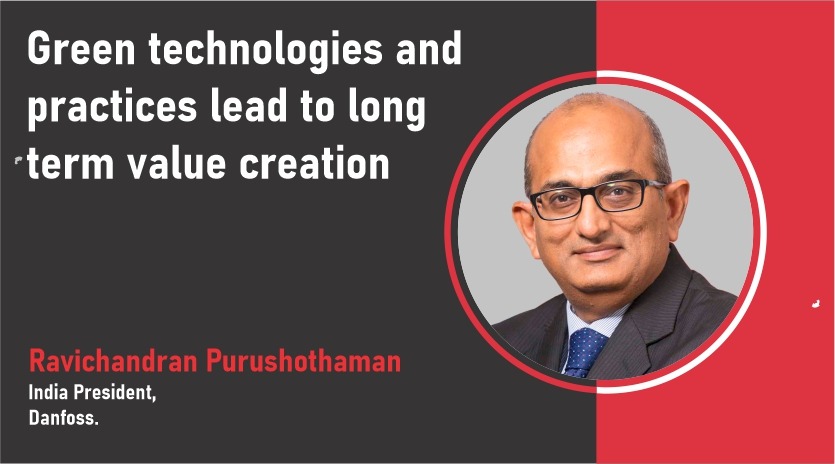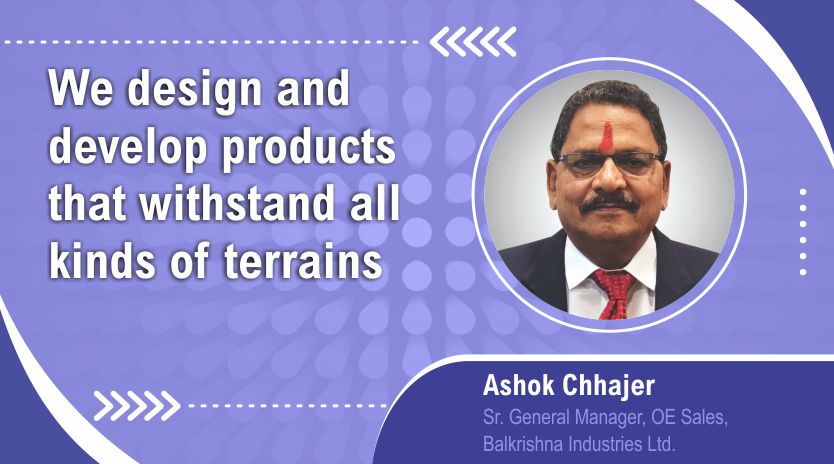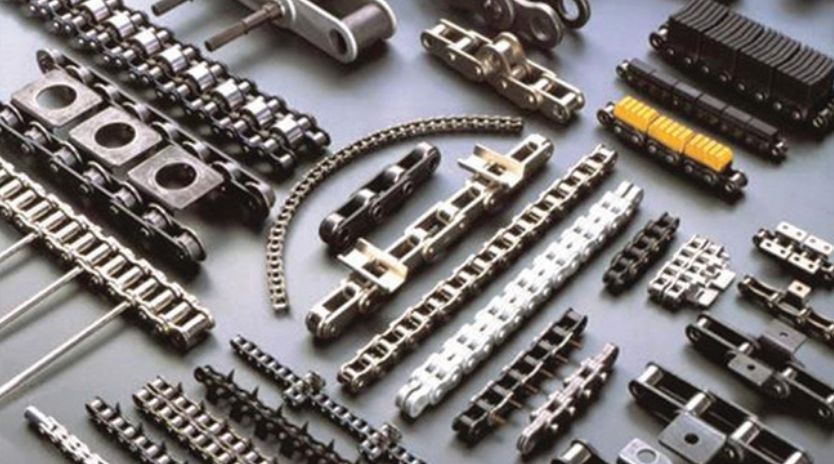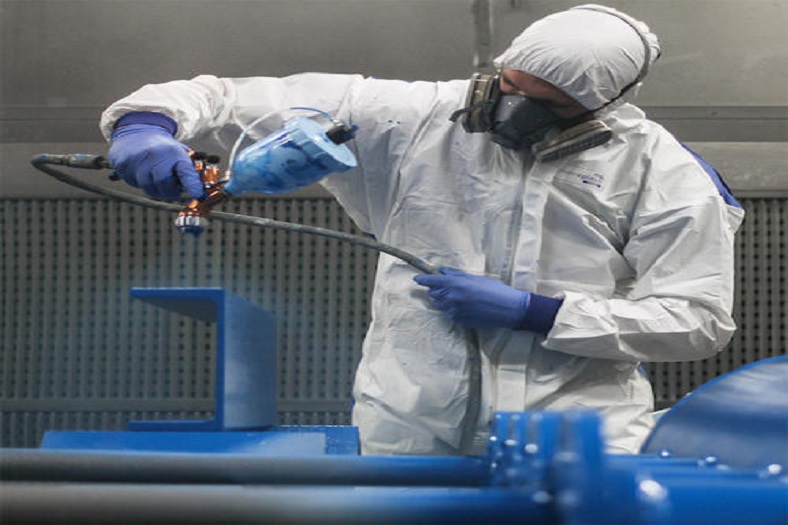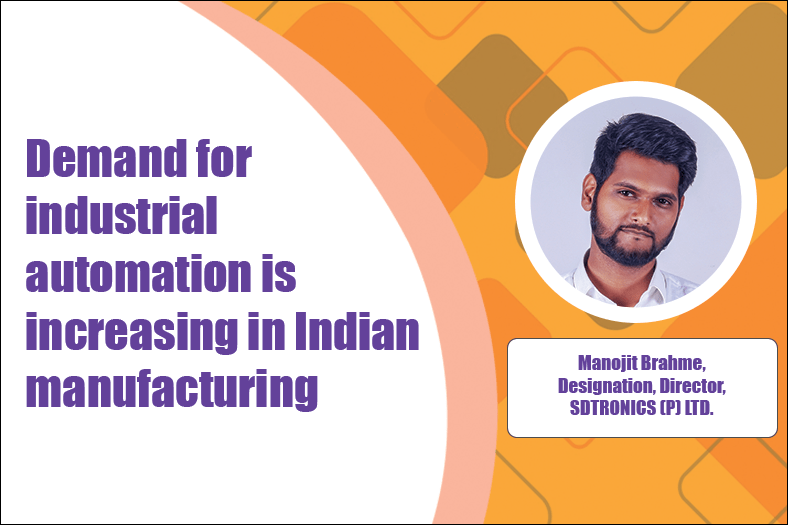To be safe at height
September 12, 2018 3:40 pm
The term “Industry 4.0” is used to describe the fourth industrial revolution: after the steam engine, assembly line and electronics/IT, it is now the turn of ‘smart factories’
Er. Arshdeep Singh, Director, Pioneer Cranes & Elevators Pvt Ltd.
With the fourth industrial revolution, the manufacturing industry is also moving towards a more digitised, automated, agile and efficient operation and there is no better example of this than in the supply chain network. Today’s consumers, who use digital updates expect real-time information. So one has to combine physical platforms with Internet of Things (IoT) technologies through BXB digital to go beyond traditional boundaries and provide a more connected, intelligent and efficient supply chain. The industry has to take meaningful steps towards identifying the role technology can play in improving the efficiency of operations as well as providing richer customer insights throughout the supply chain.
Overview- Industry 4.0
“A lot has changed in crane technology in recent years: new technologies have been developed that go beyond the function of a crane being a simple hoist – instead, there is a marked trend towards crane automation. This is happening in the context of Industry 4.0, in which state-of-the-art information and communication technologies are introduced into production and logistics processes, changing these drastically. The term “Industry 4.0” is used to describe the fourth industrial revolution: after the steam engine, assembly line and electronics/IT, it is now the turn of ‘smart factories’,” says Er. Arshdeep Singh, Director, Pioneer Cranes & Elevators Pvt Ltd.
Building on the accomplishments of digitisation, intelligent systems make it possible to link machines, systems, people, products and logistics directly with each other. This results in a long-term change in work and production methods, and brings about a significant increase in efficiency and flexibility.
Er. Arshdeep acknowledges, “Thanks to new developments in crane automation, Industry 4.0 is also gaining ground in crane technology, offering numerous advantages and better economic prospects to a wide variety of industries – from the steel and paper industry to the waste management industry to shipbuilding and container terminals. The networking of intelligent digital systems with people, machines and systems is in full swing in crane technology.”Cranes are being equipped with various technology modules and software programs like
• Wireless data systems
• Vehicle positioning systems
• Camera systems
• Radio remote controls
• Crane control and regulation software
• Drive control and regulation systems
• Crane control cabinets
• Anti-sway systems
• Operating data logging systems
• Warehouse management systems
Main applications of cranes in the automobile industry
From being simple machines used to carry up and bring down materials, cranes and hoists have today become more sophisticated simplifying processes in manufacturing, mining, infrastructure, automotive and construction industries. A wide range of industries, especially manufacturing, mining and construction require heavy loads to be lifted or lowered in various processes. Machineries like hoist and cranes have greatly refused the human efforts and also brought down the process timing, thereby increasing the output.
Er. Arshdeep Singh, Director, Pioneer Cranes & Elevators Pvt. Ltd says, “Pioneer has a significant presence in this market through crane solutions provided to a number of companies in the automotive segment. Auto industries have to follow a specific standard and process during manufacturing. Hence, the cranes need to be very precisely designed and tailor-made to cater to the individual requirements.”
The main application areas of EOT cranes in the automobile industry are:
• Handling power press components while maintenance
• Die fitting through EOT cranes
• Handling of big loads like engines etc.
• Rotating bigger equipments
• Vehicle dockings & many more….
Challenges faced in this industry
Skilled Labour Shortage
It’s expected that nearly 3.5 million manufacturing jobs will become available over the next decade. Manufacturers are already feeling the pressure to fill currently open positions, and the exodus of skilled labourers will only accentuate the need. While automation and robotics may help fill the labour gap, humans will still be required for their unique ability to problem solve, analyse issues and manage output.
Cyber security
As technology advances, so do the efforts of cybercriminals. Hackers aren’t just interested in stealing data; they’re also amping up their efforts to hold data hostage. Ransom ware attacks increased 50 per cent last year alone, and the manufacturing sector can expect even greater risks as they integrate more technology. Hackers can access a corporation’s IT networks and gain access to their robots’ software, for example, shutting down an entire production line until their demands for payment are met.
Global competition
When manufacturers started seeing foreign competition taking over part of their market share starting in the 1970s, many failed to change their business models and processes to adapt. To help combat global competition, manufacturers need to make their value known in the marketplace. If your cost is higher than others, this is even more critical and requires you to focus messaging around the expertise of your people,
Uncertainty about the future
Being able to predict customer trends, market trends, etc. is vital to a changing economic climate, but not every CEO has Warren Buffett-like predictive powers. Bringing in a consultant trained in reading and predicting those all-important trends could be the difference between a bright future and a murky one.
Maintaining reputation
In a similar vein, because customers can voice any displeasure so much more publicly and loudly than ever before, businesses have to monitor and maintain their online reputations. And while it’s an important task, its one best suited to a third party who can monitor and mediate with a certain amount of distance.
Environmental concerns and considerations
While it is undeniably good news for the local environment and employee wellbeing, sustainability and environmental regulations can be expensive for manufacturing firms. Manufacturers need to be aware of these costs when outlining their quarterly budgets.
Cookie Consent
We use cookies to personalize your experience. By continuing to visit this website you agree to our Terms & Conditions, Privacy Policy and Cookie Policy.




